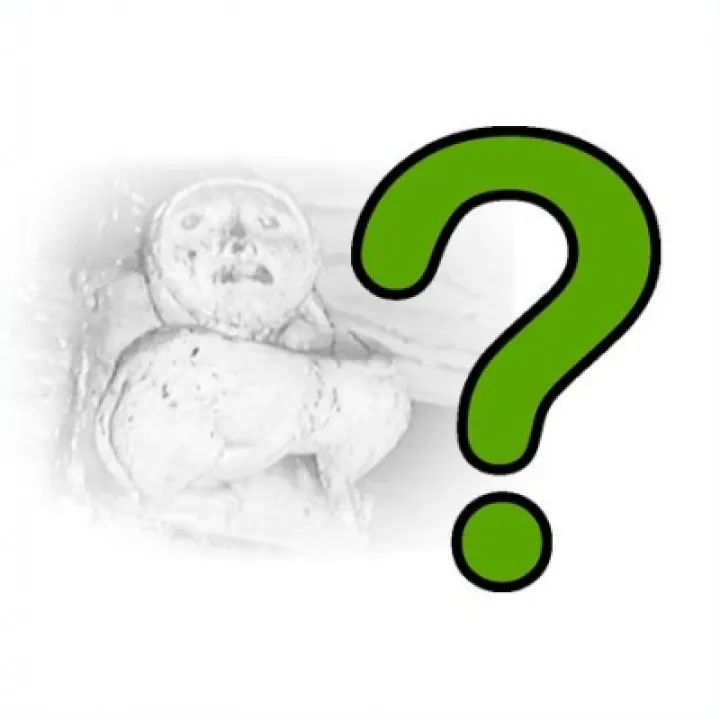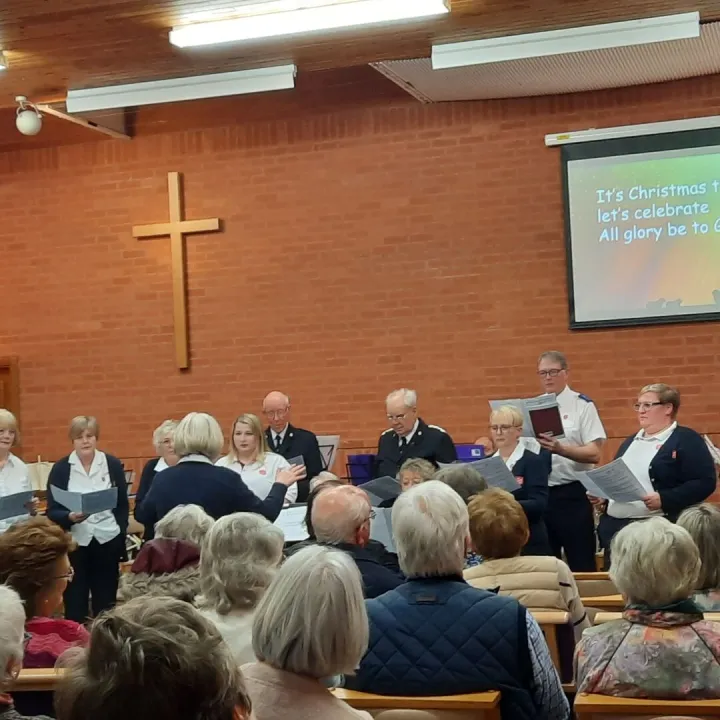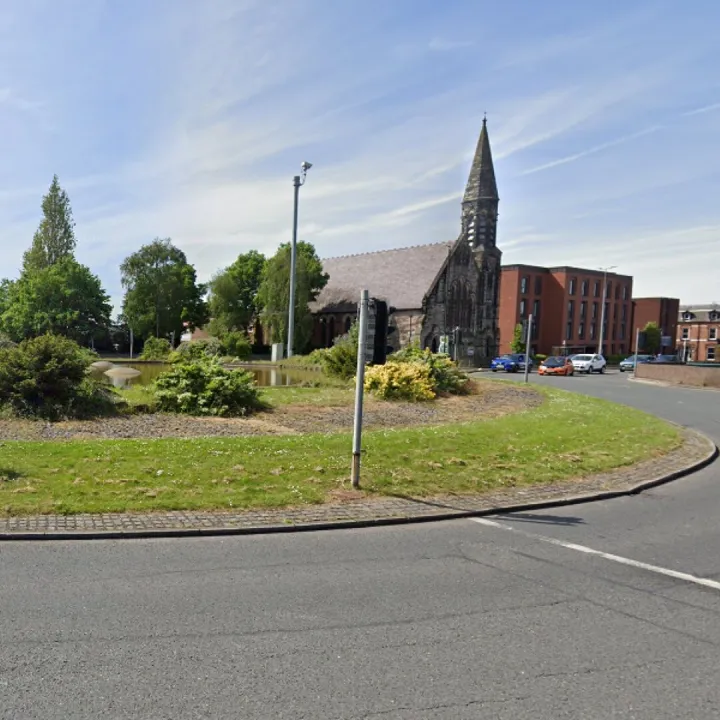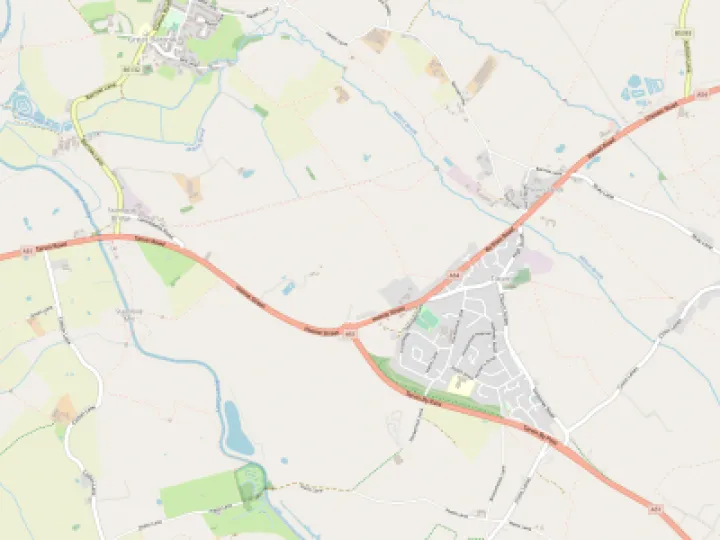REMINISCENCES of OLD TARVIN: Part 2
Continuing our articles on Miss Radcliffe's talk to Tarvin Civic Trust, here is an interesting walk around Tarvin in 1906!
"Now you will have to use your imagination a bit and try to think of Tarvin as it was in 1906. No estates, no council houses, no bungalows, no by-pass, no dairy. No water supply except from the pumps.There were three pumps-one at the top of Hockenhull lane, one outside Gunnery's and that soon packed up because the water wasn't pure enough to use and the bottom pump in the dairy lane. There was no sewerage, of course and no electric light!" 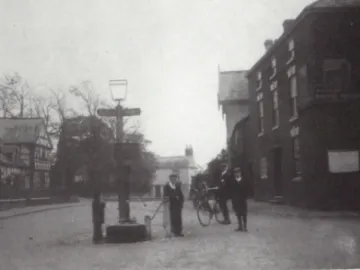
"I thought it would be interesting to give a tour around the village as I remember it and the people who lived there because they were very interesting. They were real characters- real originals."
"I think I had better begin at Hockenhull Lane. This was a cinder road in those days. There was nothing on one side, just the fields. They called it Hallfields, well it was the Hall fields- green fields where we had our horses. There was a Mr. Frost lived at the start of the lane who was over 90 and used to ride a tricycle."
"A nice footpath went down to Tarporley road and came out at The Pitts. When Colonel Tom Brookes came to live at the Hall he put up a double row of poplar trees there. I don't think many of the people were in favour of that because it blocked out their view. They, the trees, came down soon afterwards. He built the brick house for his groom."
"Opposite lived Les lewis who had a market garden.Next came the two houses on the left. Mr Barefoot the postman lived in one. He was a little old man, slightly crippled, rather bent over and he had a stuttery way of talking and he used to take the post round on a tricycle. He had a bag on his back and was an agent for someone's tea. He sang tenor and didn't stutter when he sang. He used to conduct the singing in Chapel on Sunday nights. If you arrived at that service much after 6pm "then you would have to sit on a seat in the aisle because there were no seats left in the pews. Mr Barefoot had a crippled daughter Gladys; she was nearly hump-backed and had very bad asthma. She used to ride a bicycle and go up to Mouldsworth and would collect £25 a year for the missionaries."
"In the next house were Mr. and Mrs. Carroll who had daughters Mary and Margaret. Then came the Rowlands, who had a milk round. Then came Rose Farm where Humphrey Lightfoot later farmed. And next the two sandstone cottages.
There were the Lees, on one side- Alice Lee was the daughter. On the other was old Mrs. Holland- a lovely old countrywoman with rosy cheeks and always a sun bonnet on- and Mary Alice, her daughter, also in a sun bonnet."
"Then up at the top is Hockenhull Hall. 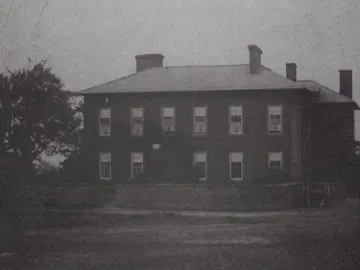 In those days it was the Willis's who lived there and of course the ghost. They used to say the blood stain where the poor woman was beheaded was still there and nothing would take it away. Tradition had it that she ran across the fields with her head in her apron to the headless woman at Duddon." Miss Radcliffe goes on to describe the "fearsome inn sign" the landlord"bought an old figurehead off a boat at Liverpool or somewhere- a lady in all her flowing robes-and he cut the head off and painted some gore around and there she was standing there. It was enough to frighten the children!"
In those days it was the Willis's who lived there and of course the ghost. They used to say the blood stain where the poor woman was beheaded was still there and nothing would take it away. Tradition had it that she ran across the fields with her head in her apron to the headless woman at Duddon." Miss Radcliffe goes on to describe the "fearsome inn sign" the landlord"bought an old figurehead off a boat at Liverpool or somewhere- a lady in all her flowing robes-and he cut the head off and painted some gore around and there she was standing there. It was enough to frighten the children!"
To be continued...............
Quick Links
Get In Touch
TarvinOnline is powered by our active community.
Please send us your news and views.

